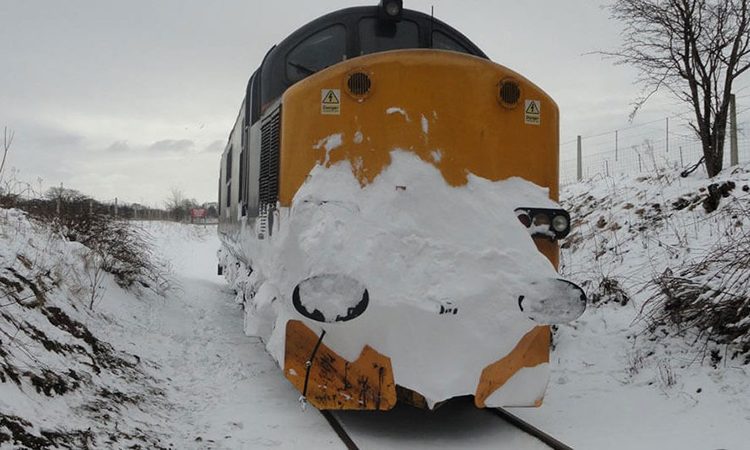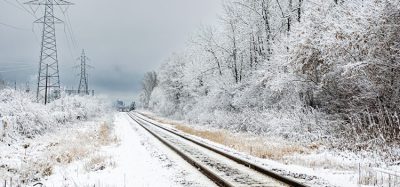Network Rail prepares for winter challenges to ensure safe and timely journeys
Posted: 21 November 2024 | Global Railway Review | No comments yet
Network Rail has implemented a comprehensive winter preparedness plan, using specialised equipment and real-time monitoring to keep rail services safe and reliable.


Credit: Network Rail
Network Rail has announced its comprehensive plan to keep train services running smoothly despite the challenging winter weather conditions expected across the country. As with road and air travel, severe weather can have a significant impact on the rail network, with potential disruptions ranging from speed restrictions to complete service suspensions.
The winter weather can present a range of challenges for the railway, with wind, rain, snow and ice all posing particular risks:
-
Wind: High winds can cause trees and branches to fall onto tracks, damaging overhead wires or blocking train routes. The winds can also blow debris onto the tracks from surrounding areas, leading to further delays and potential hazards
-
Rain: Prolonged heavy rainfall can lead to flooding and landslips, blocking tracks and making it impossible to run services until repairs are completed. Wet conditions also require trains to brake and accelerate more slowly, which can add time to journeys
-
Snow and Ice: When temperatures drop, snow and ice can accumulate on the tracks, freezing points and damaging the electrified third rail or overhead cables. In extreme conditions, snow deeper than 30cm can prevent trains from operating unless equipped with snow ploughs.
Response to adverse and extreme weather
Network Rail adapts its operations based on the severity of the weather conditions:
-
Adverse weather: This includes conditions such as 2cm of snow in London, wind speeds exceeding 60mph, or temperatures falling below -3°C. During these times, Network Rail aims to maintain a full service, although delays may occur
-
Extreme weather: Conditions like 15cm of snow in London, 70mph winds, or temperatures below -7°C require a shift in priorities. Safety becomes the top priority, and this may involve running fewer but more reliable services. Essential freight services are also prioritised to ensure the supply of vital goods and fuel.
Investments and winter preparations
To improve the resilience of the railway, Network Rail has taken significant steps over the years:
-
Track and equipment upgrades: More than 100km of special heating strips have been installed on critical sections of the electrified third rail in southern England, reducing ice-related disruptions by nearly 80%. Thousands of protective covers have been added to keep snow out and prevent damage to vital infrastructure
-
Winter fleet: Network Rail operates a dedicated winter fleet equipped with snow ploughs, hot air blowers, steam jets, brushes and anti-freeze systems to clear tracks of snow and ice. This fleet works alongside other measures, including snow-plough fitted locomotives and remote temperature monitoring systems to ensure that all critical points are functioning efficiently
-
Continual monitoring and forecasting: Using detailed weather forecasts from MetDesk and data from hundreds of monitoring stations, Network Rail prepares for adverse weather conditions by formulating local action plans. This allows for real-time responses to changing weather, minimising disruption.
Network Rail has stated that winter preparedness is an ongoing process. The rail network begins its winter preparations as early as September each year. This includes checking and maintaining all winter equipment, ensuring contingency plans are in place, and coordinating with train operators to ensure smooth operations during winter conditions. In Winter 2023, the network’s snow and ice treatment trains covered nearly 140,000 miles – the equivalent of travelling around the Earth three and a half times.
By taking these steps, Network Rail aims to ensure that passengers stay safe and that journeys remain as timely and reliable as possible, even when the weather poses its most challenging conditions.








